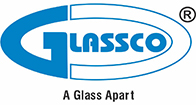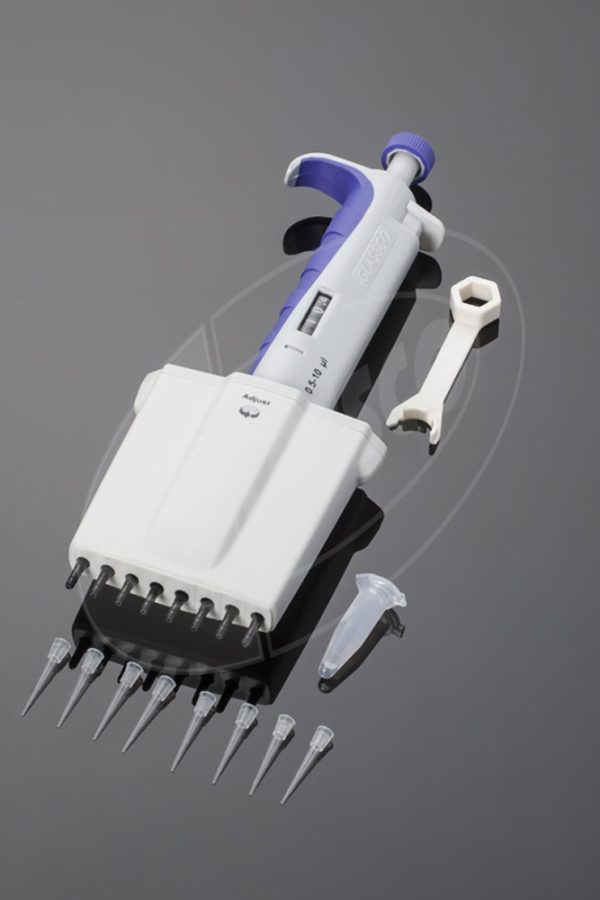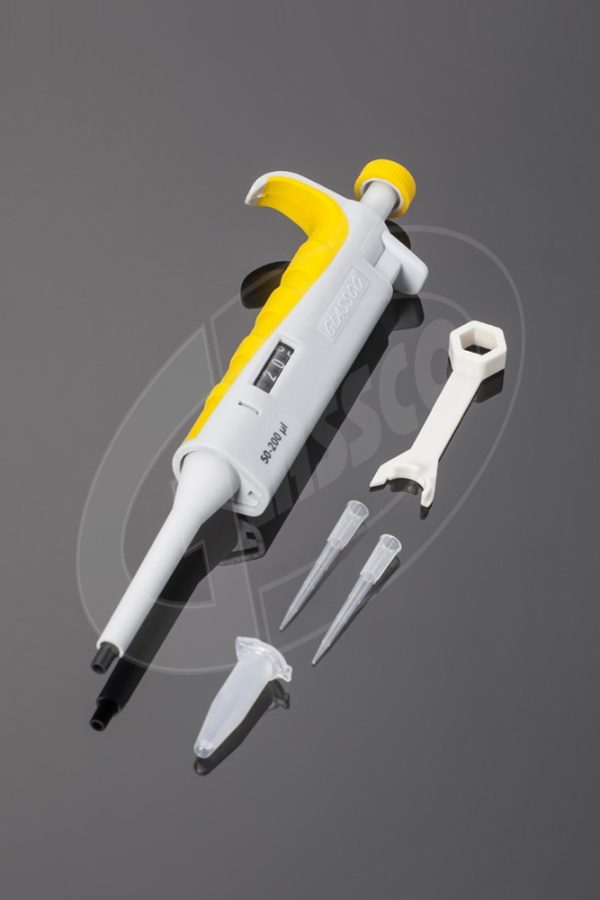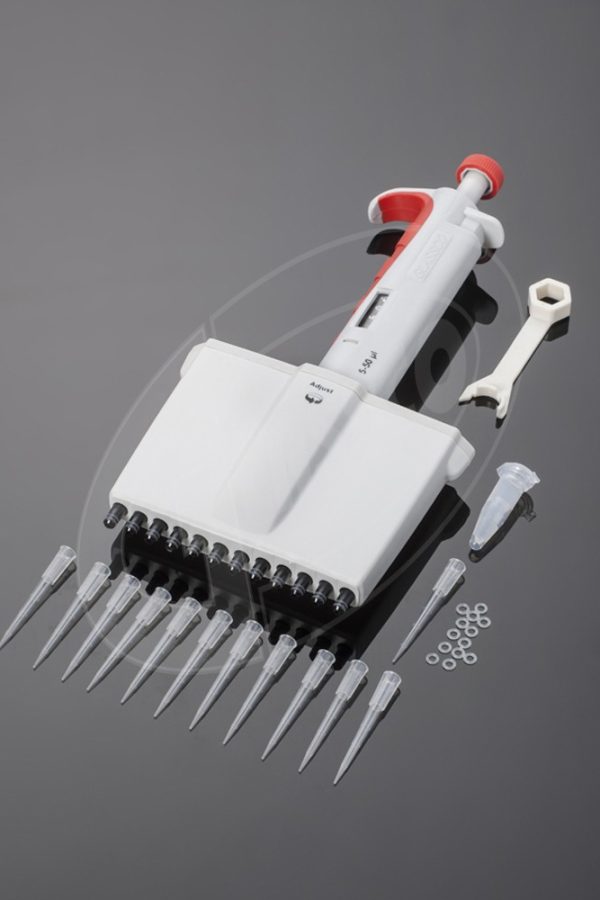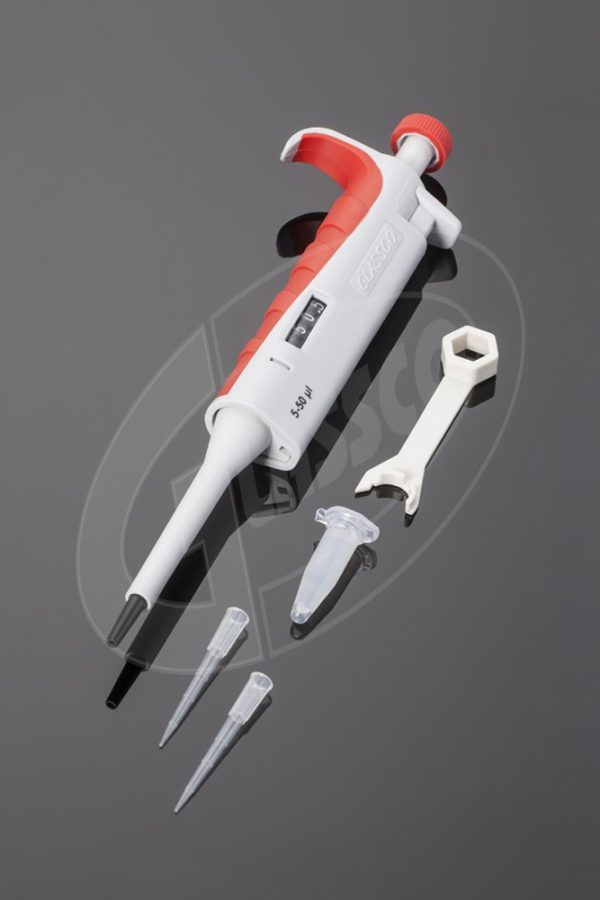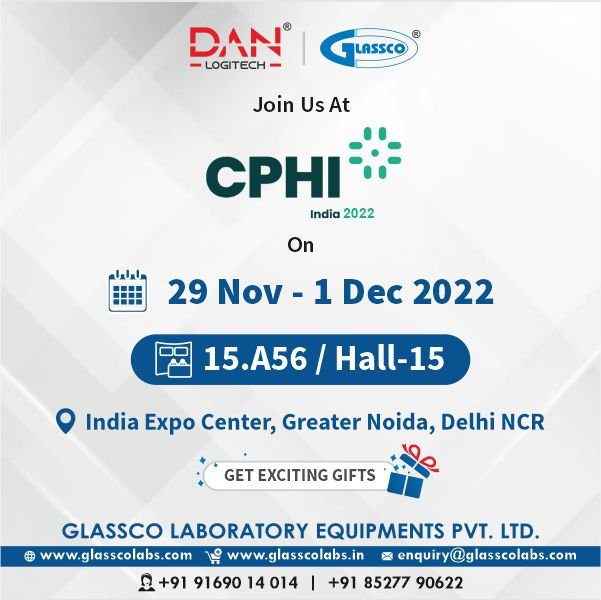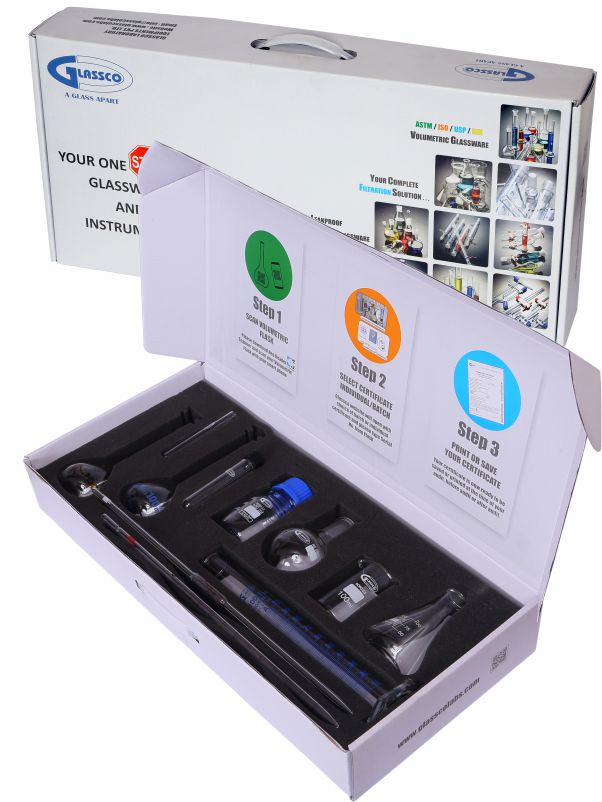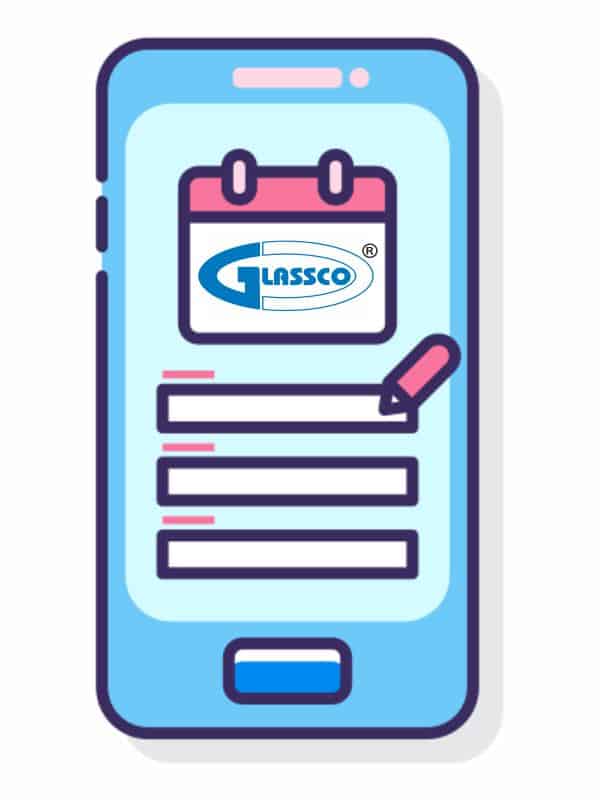Micropipettes
Micropipette
Introduction
A Micropipette is a laboratory equipment used to transfer small quantities of liquids appropriately. The first Micropipette was invented by Heinrich Schnitger in the year 1957 at University of Marburg, Germany.
Features
- Autoclavable
- UV Resistant
- Durable
- High Performance
- Fixed Volume
Challenges Faced before the invention of Micropipette
- No flexibility in the quantity of liquids.
- Difficult to suck acids in pasteur pipettes.
Types of Micropipette
The Micropipette comes in two different variants : Variable Micropipette and Fixed Micropipette.
Variable Micropipette
Variable Micropipettes are those in which the liquid can be transferred from a given volume to a given volume. The quantity can be set on this pipette with the help of adjustable volume dial.
The high performance micropipettes have a multi channel for quick transfer. There are Eight Channel Micropipettes and Twelve Channel Micropipettes which can simultaneously dispense the liquids. These have a manifold that can rotate up to 360 degrees to allow a convenient pipetting angle. Different colours of the pipettes differentiate the variable quantities of the liquids to be transferred.
Fixed Micropipette
A fixed Micropipette is the one which transfers a fixed volume of a liquid. There is no need to set the quantity as the pipettes already have the ranges set in them. These micropipettes do not have a multi channel as they can transfer only the fixed amount of liquid.
The graduated tips of the micropipettes are used for transferring the liquids from one container to another in different quantities (fixed or variable). These graduated tips are contamination and spill free which helps in easy liquid handling. They come in a variety of sizes depending upon the volume of the liquid to be transferred. They are also available with sterilisation, low retention and filter.
The micropipettes can be easily stored in cupboards or cabinets but the tips of the pipettes are to be taken care of while storing. The tips are generally stored in an autoclavable rack which is stackable. The tips of different volumes can be stored in different racks which can be easily identified with different colours. The hinge on the rack allows single hand operation. Apart from this, there is a Reloading Tray available for multichannel pipettes to ensure minimal wastage. This reloading tray is free from enzymes like DNase, RNase, Human DNA, Pyrogen and PCR Inhibitor.
- Chemistry Labs
- Biology Labs
- Forensic Labs
- Pharmaceutical Labs
- Drug Discovery Labs
- Research and Development Labs
- These pipettes are UV Resistant.
- They ensure Reverse Pipetting Techniques with the help of two step Plunger Operation.
- They guarantee high precision and accuracy to measure liquids.
- They are CE Certified.
- The pipette tips are chemical resistant.
- They are colour coded for easy identification.
- These micropipettes come with a Calibration Report.
